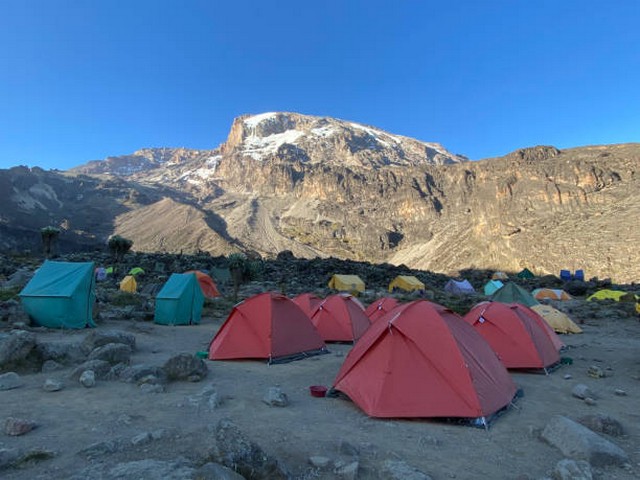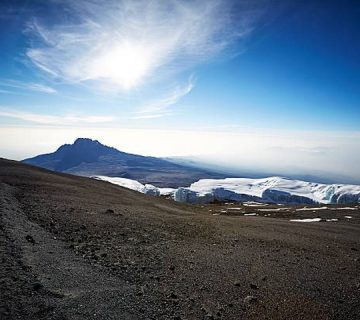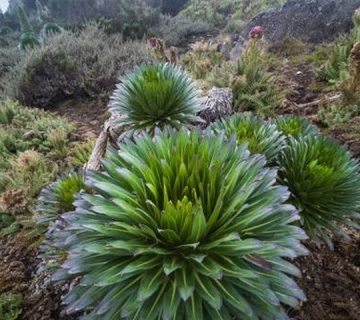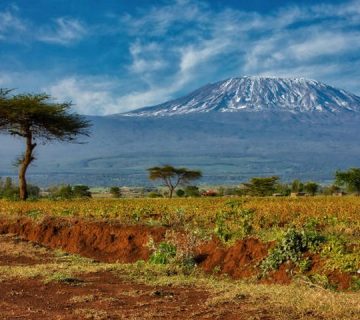Embracing the Future: Kilimanjaro Trekking With Renewable Energy Solutions
Introduction: Why Climb Kilimanjaro with a Green Conscience?
Imagine standing atop the majestic Mount Kilimanjaro, the roof of Africa, where the air is as crisp as the untouched snow, and the vistas are breathtaking. Now, imagine reaching this summit knowing that your journey up this iconic mountain contributed positively to the environment. This is not just a dream; it’s a reality that we, at Kilimanjaro Centre for Trekking and Ecotourism (KCTE), are passionate about making true for every adventurer.
Trekking Kilimanjaro is a bucket-list adventure for many, but as we traverse this beautiful landscape, it’s our duty to protect it. That’s why KCTE has integrated renewable energy solutions into our treks. Our commitment to sustainability not only enhances your experience but also ensures that the beauty of Kilimanjaro remains unspoiled for generations to come.
Harnessing the Power of the Sun and Wind
Solar Energy: Lighting Up Your Path, Naturally
One of the key elements of our renewable strategy is the use of solar power. At KCTE, our campsites are equipped with solar panels that harvest the abundant sunlight available at high altitudes. This solar energy powers all our campsite needs, from lighting to charging stations for your cameras and phones. Imagine the convenience of recharging your devices, right in the heart of nature, using just the power of the sun!
Wind Power: The Breeze of Sustainability
Alongside solar, wind energy plays a pivotal role in our eco-friendly trekking operations. Our advanced, portable wind turbines capture the strong mountain winds to generate additional clean energy. This combination of solar and wind power ensures that our operations leave minimal environmental footprints while keeping you comfortable throughout your trek.
Water Conservation: Every Drop Counts
Kilimanjaro’s ecosystems are as fragile as they are beautiful. Recognizing this, KCTE employs innovative water conservation techniques to ensure that every drop is used efficiently. Our water filtration systems allow us to use and reuse water sources with minimal waste, reducing the need for plastic water bottles, which are a significant pollutant.
Waste Management: Leaving Only Footprints
Biodegradable Solutions
At KCTE, we take waste management seriously. All our camps are equipped with eco-friendly, biodegradable waste systems. These systems break down waste naturally, without harming the environment. This practice ensures that when we break camp, we leave behind nothing but the natural beauty of Kilimanjaro.
Recycling and Upcycling
We also implement strict recycling protocols for all non-biodegradable materials. Furthermore, KCTE encourages upcycling, turning used materials into valuable items that can be reused in the community, thus reducing our overall environmental impact.
Eco-Friendly Gear: Trek Responsibly
To further our commitment to sustainability, KCTE provides all trekkers with eco-friendly gear. From recycled-content clothing to biodegradable soap and bamboo utensils, every item you use on your trek will be environmentally friendly. This not only reduces the trek’s carbon footprint but also promotes a culture of sustainability among our clients.
Community Involvement: Together for a Greener Tomorrow
Empowering Local Communities
KCTE believes in the power of community. We actively involve local communities in our renewable projects, providing jobs and education about sustainable practices. By doing so, we help ensure that the benefits of eco-tourism extend beyond our treks and into the heart of the local economy.
Educational Initiatives
Through our partnership with local schools and environmental organizations, KCTE offers educational programs focused on renewable energy and conservation. These initiatives help raise awareness and foster a generation that values and protects their natural heritage.
Why Choose KCTE for Your Kilimanjaro Adventure?
Choosing KCTE for your Kilimanjaro trek means more than just an adventure. It means taking a stand for the planet. It means showing that you care not only about reaching the summit but also about preserving the beauty of the path that gets you there.
FAQs: Your Questions Answered
What is the best time to trek Kilimanjaro with KCTE?
The best times to climb Kilimanjaro are during the dry seasons, from June to October and from December to March. During these periods, the weather is more favorable, and the use of renewable energy is at its most efficient.
How do the renewable energy solutions impact my trekking experience?
Our renewable energy solutions ensure that while you enjoy the modern comforts of lighting and device charging, you are not contributing to pollution or environmental degradation. This makes your experience not only comfortable but also guilt-free.
Are there any additional costs associated with using renewable energy solutions?
No, there are no additional costs for you. Our prices are all-inclusive, covering the use of renewable energy resources, eco-friendly gear, and all other amenities that make your trek both comfortable and sustainable.
Conclusion: Join Us on a Journey to Sustainability
Climbing Kilimanjaro is an awe-inspiring experience, and doing it with KCTE means you’re part of a movement towards a sustainable future. As you stand on the summit, you’ll not only have conquered a mountain but you’ll also have taken significant steps towards preserving this magnificent landscape for others to enjoy.
Ready to take the step? Book your Kilimanjaro climbing adventure with Kilimanjaro Centre for Trekking and Ecotourism (KCTE) today and be a part of a greener, more sustainable world. Join us in making a difference—one step at a time.
Remember, when you choose KCTE, you choose a path that cares for the earth. Let’s trek the renewable way!




